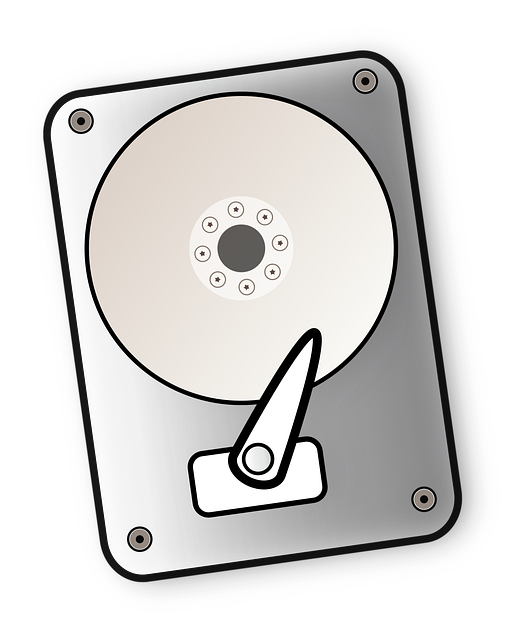
Emerging Tech Trends in Healthcare: Telemedicine, Wearables, and AI Diagnosis
February 12, 2020Harnessing the Power of Graphics Processing Units (GPUs): Revolutionizing Visual Computing and AI Acceleration

Graphics Processing Units (GPUs) have evolved from specialized components for rendering graphics to versatile accelerators powering visual computing, artificial intelligence (AI), scientific simulations, and more. The parallel processing capabilities of GPUs have revolutionized diverse industries, unlocking new possibilities in computational tasks that demand high-speed data processing and complex calculations. In this article, we delve into how GPUs are reshaping visual computing and accelerating AI applications, driving innovation across various domains.
The Evolution of GPUs: From Graphics to General-Purpose Computing
-
Graphics Rendering: GPUs were initially developed for rendering high-definition graphics, enabling realistic visuals in video games, computer-aided design (CAD), digital content creation, and visual simulations.
-
Parallel Processing Power: The parallel architecture of GPUs, with thousands of cores optimized for simultaneous computations, makes them ideal for parallelizable tasks beyond graphics rendering.
-
General-Purpose GPU (GPGPU) Computing: The emergence of GPGPU computing transformed GPUs into general-purpose accelerators, capable of accelerating scientific computations, data analytics, machine learning, and AI algorithms.
GPU Applications in Visual Computing
-
Real-Time Rendering: GPUs power real-time rendering engines used in gaming, virtual reality (VR), augmented reality (AR), and architectural visualization, delivering immersive and interactive visual experiences.
-
Film and Animation: GPUs accelerate rendering processes for film production, animation studios, and special effects, reducing rendering times and enhancing productivity in media and entertainment industries.
-
Medical Imaging: GPUs facilitate real-time medical imaging, such as MRI, CT scans, and 3D visualization, enabling healthcare professionals to analyze and interpret medical data efficiently.
-
Scientific Visualization: GPUs drive scientific simulations, computational fluid dynamics (CFD), climate modeling, and simulations in research fields, allowing scientists to analyze complex datasets and phenomena.
GPU Acceleration in AI and Machine Learning
-
Deep Learning Training: GPUs accelerate deep learning model training by parallelizing matrix operations, optimizing neural network computations, and speeding up training iterations, leading to faster convergence and model development.
-
Inference and Deployment: GPUs enable high-speed inference in AI applications, allowing deployed models to process data and make predictions in real-time, from image recognition and natural language processing to autonomous vehicles and robotics.
-
AI Research: GPUs are integral to AI research, enabling researchers to experiment with large-scale models, conduct data-intensive experiments, and explore complex AI algorithms for advancements in computer vision, speech recognition, and generative models.
Advancements in GPU Technology
-
CUDA and OpenCL: Programming frameworks like CUDA (Compute Unified Device Architecture) and OpenCL (Open Computing Language) provide developers with tools to harness GPU parallelism and accelerate computations across diverse applications.
-
Tensor Cores: NVIDIA's Tensor Cores and AMD's ROCm enable accelerated tensor operations for deep learning and AI workloads, enhancing performance and efficiency in neural network processing.
-
Ray Tracing: GPU advancements in ray tracing technology deliver realistic lighting, shadows, and reflections in real-time rendering, enhancing visual fidelity in gaming, graphics design, and architectural visualization.
Future Trends and Innovations
-
GPU Cloud Services: Cloud providers offer GPU instances for on-demand access to high-performance computing resources, enabling organizations to leverage GPU acceleration without hardware investments.
-
Edge AI and IoT: GPUs integrated into edge devices and IoT solutions empower edge computing platforms with AI capabilities, enabling real-time inference, object detection, and anomaly detection at the edge.
-
AI-Optimized GPUs: Future GPU architectures will focus on AI-specific optimizations, including sparsity support, mixed-precision computing, and hardware acceleration for deep learning frameworks, advancing AI performance and efficiency.

